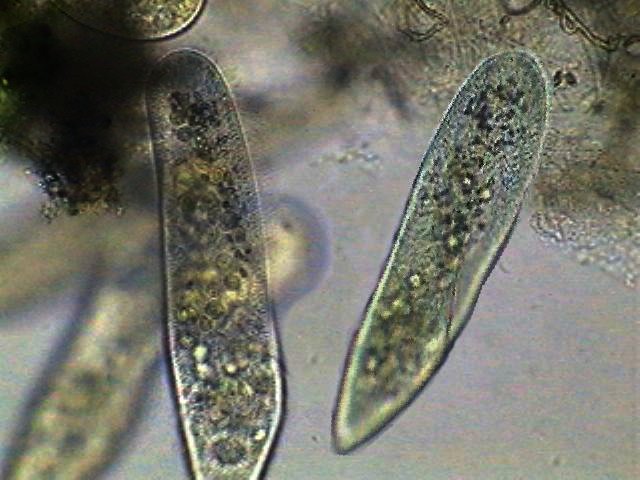PREVIOUS ARTICLENEXT ARTICLE
NEWS

Biology meets gaming in new video games
By Johan Keyter 17 January 2011 | Categories: news
One of the biggest challenges facing video game developers today is making their games as believable and "realistic" as possible. While this is usually done by introducing advanced new video processing technologies, a physicist at Stanford University is using something quite different by introducing life itself into a video game.
According to Stanford University News, physicist Ingmar Riedel-Kruse, assistant professor of bioengineering, has successfully merged video games with biotechnology, effectively creating a new niche - biotic games.
These biotic games allows a player's actions to influence the behaviour of living microorganisms as the game is being played, in real time. The games involved a variety of basic biological processes as well as simple single-celled organisms such as paramecia.
Riedel-Kruse demonstrated how these paramecia could be used in a game. A small housing chamber filled with fluid serves as the tiny paramecias’ playground while a powerful camera sends live images of the organisms to a video screen with some rudimentary computer graphics superimposed on the image. A microprocessor then tracks the movement of the organisms while also keeping score.
"We hope that by playing games involving biology of a scale too small to see with the naked eye, people will realize how amazing these processes are and they'll get curious and want to know more," Riedel-Kruse said of the experiment.
"The applications we can envision so far are on the one hand educational, for people to learn about biology, but we are also thinking perhaps we could have people running real experiments as they play these games," he said.
The team has created eight different games utilising single cells, colonies of cells and molecules themselves. Most of the designs are inspired by classic video games. "For example, one game in which players guide paramecia to "gobble up" little balls, a la PacMan, was christened PAC-mecium. Then there is Biotic Pinball, POND PONG and Ciliaball. The latter game is named for the tiny hairs, called cilia, that paramecia use in a flipper-like fashion to swim around – and in the game enables kicking a virtual soccer ball," commented Riedel-Kruse.
The team hopes that these games will inspire players to interact with and learn more about the sciences of biology and biotechnology.
To see how a biotic game involving paramecia works, check out this video below.
USER COMMENTS
Most Read Articles
Read

Magazine Online
TechSmart.co.za is South Africa's leading magazine for tech product reviews, tech news, videos, tech specs and gadgets.
Start reading now >
Download latest issue
Have Your Say
What new tech or developments are you most anticipating this year?
New smartphone announcements (44 votes)
Technological breakthroughs (29 votes)
Launch of new consoles, or notebooks (14 votes)
Innovative Artificial Intelligence solutions (29 votes)
Biotechnology or medical advancements (24 votes)
Better business applications (160 votes)



